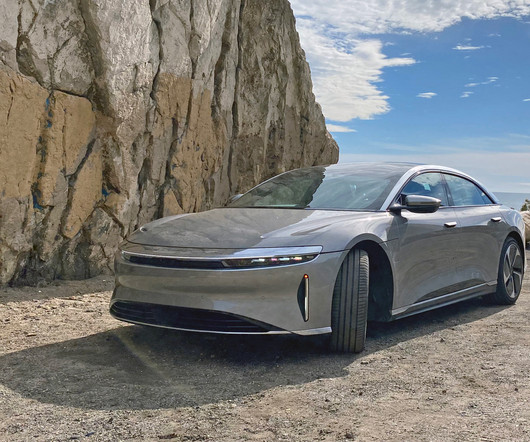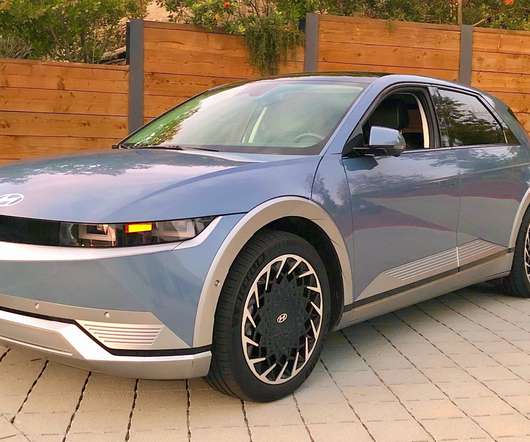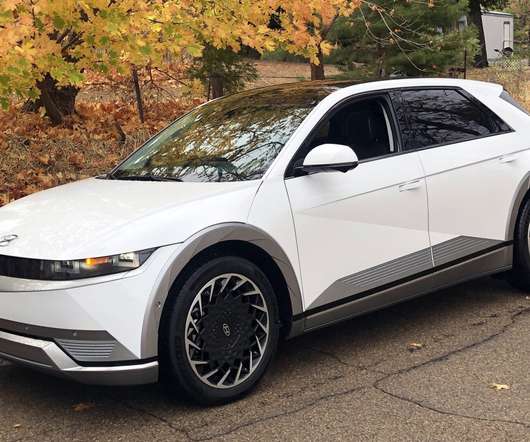Cornell team suggests engineered bacteria could address current limitations of energy storage technologies
Green Car Congress
MAY 28, 2019
Raising the penetration of renewable —an intermittent—sources of energy into the grid will require large scale electrical energy storage and retrieval. Adding electrically engineered (synthetic or non-biological) elements could make this approach even more productive and efficient than microbes alone.







































Let's personalize your content